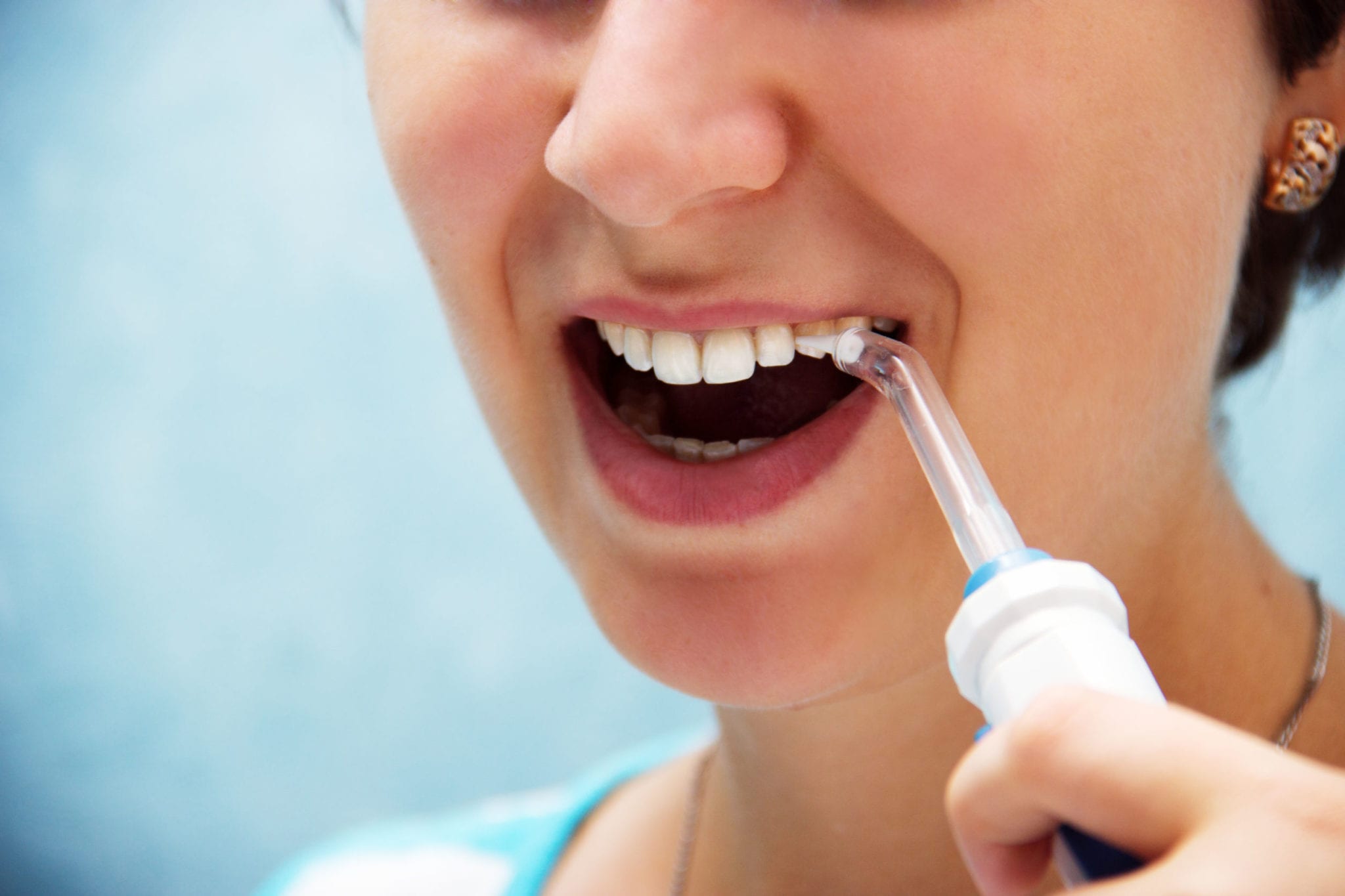
There are several important aspects of taking care of your teeth, and perhaps the most overlooked (or ignored) is flossing.
Brushing will only clean the front, back, and top of your teeth. Since the interdental space (space between teeth) is quite inaccessible to your toothbrush, you need to floss regularly to get rid of interdental plaque.
Like brushing, flossing prevents plaque buildup and destroys the colonies of teeth-rotting bacteria that live within the plaque. Unlike brushing, flossing enables you to get in-between your teeth and attack any teeth-destroying microbes that might be lurking in there.
Is traditional flossing the only way, though? Lots of people swear by water flossers — better known as Waterpiks.
In this post, we’re going to look at the value of both and compare.
Traditional Flossing
Traditional flossing — also known as string flossing — implies the use of a conventional dental floss to eliminate plaque and food debris from between the teeth.
The dental floss, as you likely already know, is a string-like tool that’s basically a special strand of plastic or nylon filament. To use string floss, you simply slide it up and down between each tooth to dislodge any trapped food particles. At the same time, you also clear away plaque.
Since dental floss came into existence approximately 200 years ago, it has been instrumental in preventing numerous teeth and gum complications, including tooth decay, gingivitis (the inflammation of gums), and periodontitis (damage to the structures that support your teeth, including bones and soft tissues).
In spite of the obvious benefits of string flossing and the persistent insistence of dentists worldwide, flossing compliance still remains a big challenge for many people. Some are anxious about flossing. Others just can’t get themselves to do it on a regular basis.
There are also people who are unable to floss due to specific issues such as:
- Presence of dental or orthodontic work (e.g. braces)
- Existence of gum problems such as bleeding or sensitivity
- A person’s inability to hold the floss string
If for one reason or another you’re incapable of flossing, or even if you just find it tedious and time-consuming, getting a water flosser might be a good alternative for you.
Water Flossers: What are They?
A water flosser or oral irrigator is a device that shoots a dental water jet. Waterpik is one of the most popular and well-known brands, so you might hear people referring to water flossers as Waterpiks.
This hand-held device shoots a steady stream of water between your teeth and along your gum line. In so doing, water flossers irrigate the tissues around the teeth and remove food particles and plaque from between teeth.
The use of devices such as Waterpik to remove little bits of gunk from between teeth is referred to as water flossing. Water flossers like Waterpik have been gaining popularity in recent times, and quite a number of them have received the ADA Seal of Acceptance.

Water flossers that are accepted by ADA (American Dental Association) are safe and effective at removing plaque and reducing one’s risk of developing cavities and gum disease.
They are indeed a terrific option for an individual who has trouble flossing by hand. A person with braces or dental bridges might also find water flossers quite useful.
Pros of Water Flossers
String flossing is mechanical and thus somewhat abrasive. Consequently, string flossing may be inappropriate for a person with sensitive gums or gums that bleed easily. Water flossing, on the other hand, uses water, which is gentle on your gums and is unlikely to cause any bleeding or sensitivity.
Water flossers like Waterpik irrigate the tissues around teeth, which may boost your overall gum health.
Water flossing makes it easier to reach every area of your mouth — especially if you’ve had some dental work done.
String flosses can sometimes get stuck between teeth. However, this risk doesn’t exist when using a water flosser.
Water flossers are generally easier to handle than string flossers.
Water Flosser Cons
When compared to traditional dental floss, water flossers are a bit pricey.
Additionally, water flossers require you to have access to water and electricity before you can use them, so they’re not easy to use outside of your home.
A Water Flosser Might Be Good for You If…

Should you invest in a Waterpik? It’s really a matter of personal preference.
Generally, your dentist just wants you to clean the interdental space. You may do so with a piece of string floss or a water flosser like Waterpik.
All in all, Waterpik might be what you need if:
- You have dental work that makes traditional flossing difficult
- You have gum problems such as bleeding or sensitivity
- You are unable to properly hold the string floss in your hands
- You hate string flossing or aren’t diligent about flossing using the correct procedure
Still not sure? Talk to your dentist.






